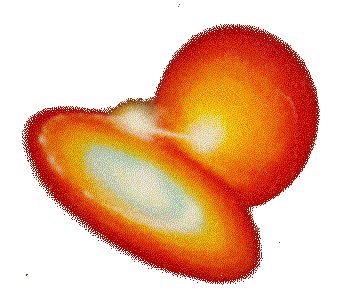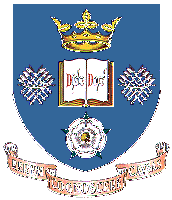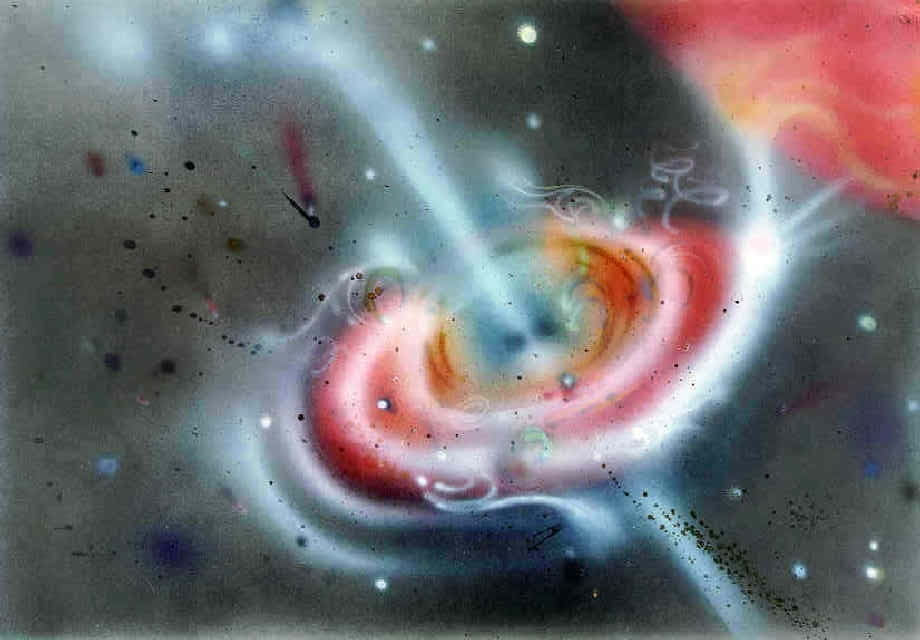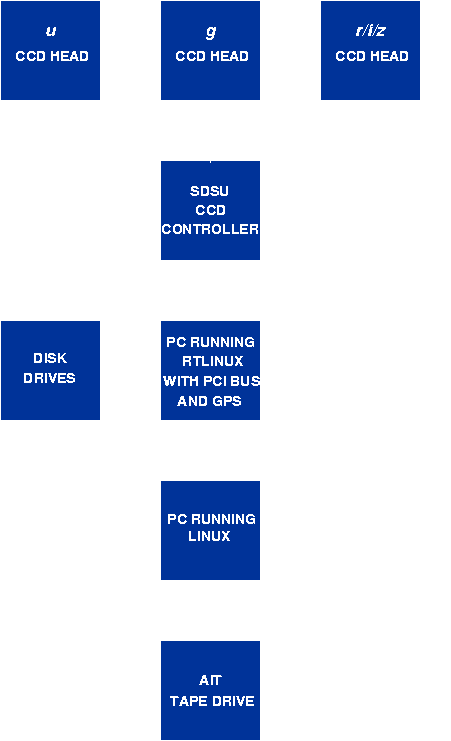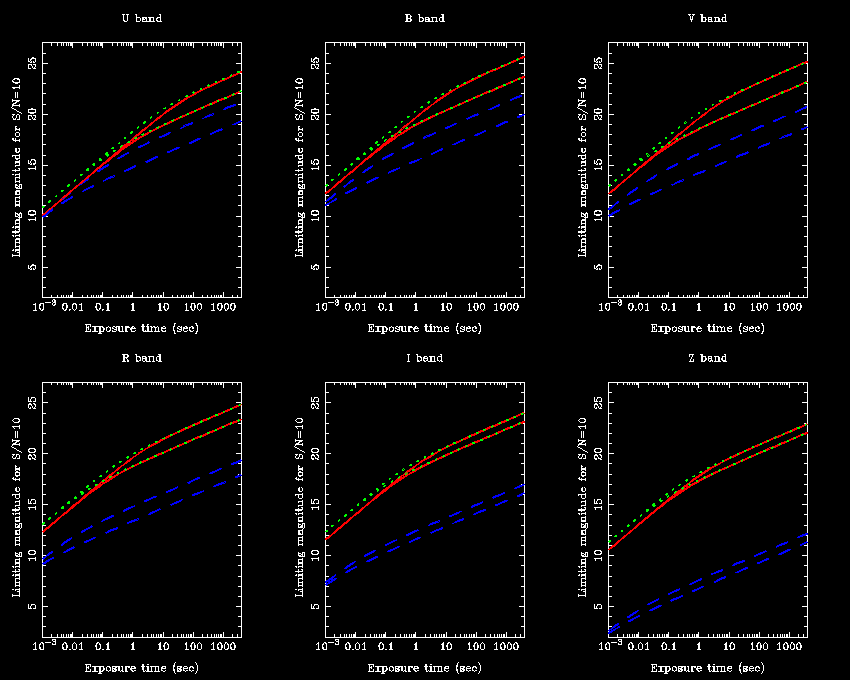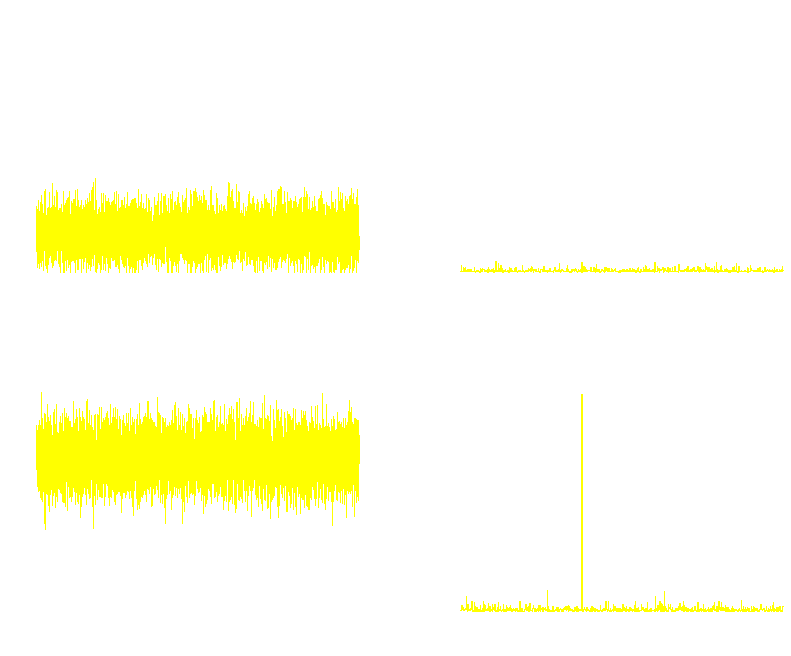ultracam
studying astrophysics on the fastest timescales
ULTRACAM is an ultra-fast, triple-beam CCD camera which
has been designed to study one of the few remaining
unexplored regions of observational parameter space - high
temporal resolution. The camera, which has recently been
funded in full (£292 k) by PPARC, will see first light
during 2001 and will be used on 2-m, 4-m and
8-m class telescopes in Australia, the Canary Islands, Chile, Greece,
South Africa and Spain to study astrophysics on the fastest
timescales.
|
|
 |
science |
 |
design |
 |
performance |
|

